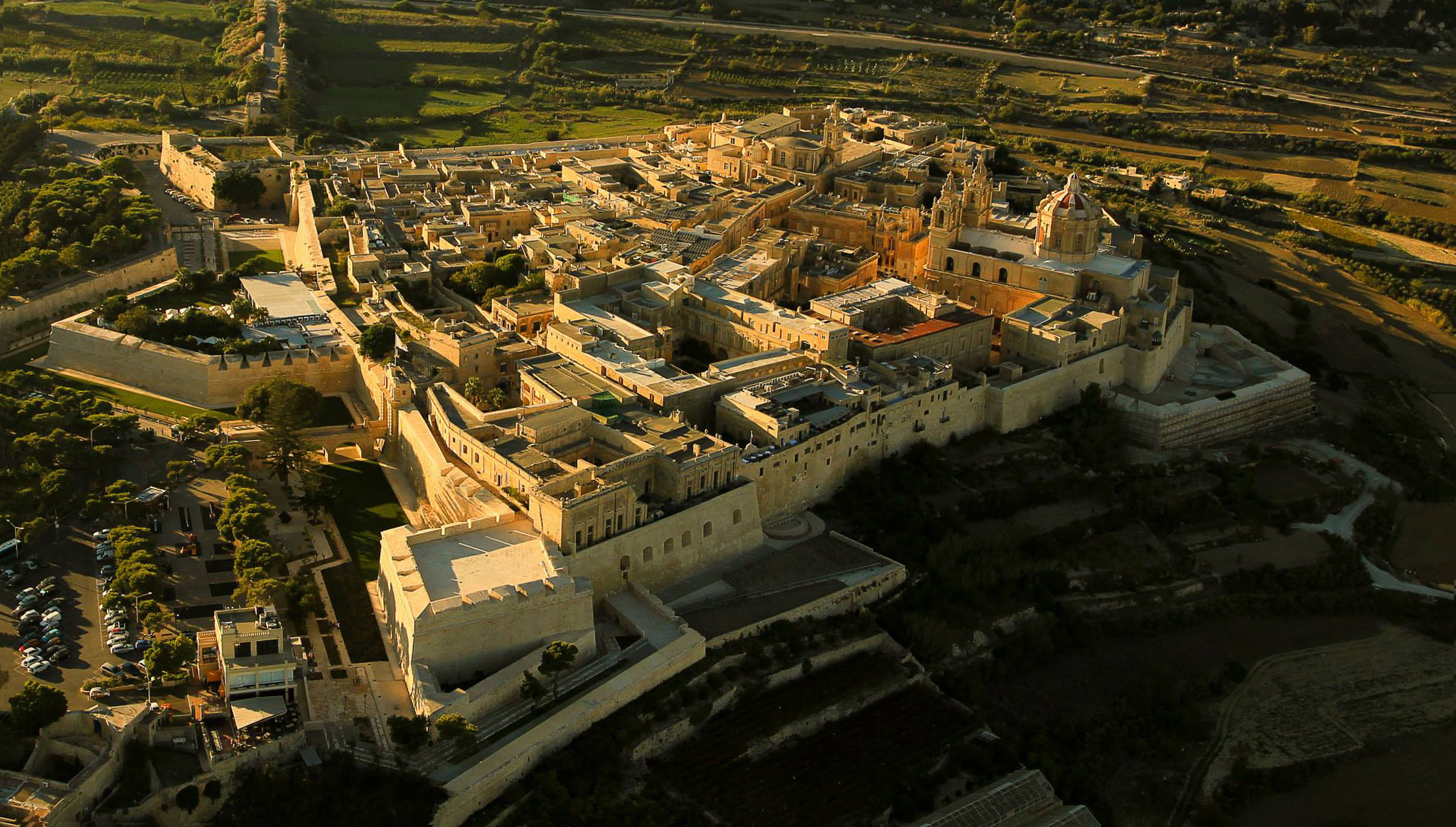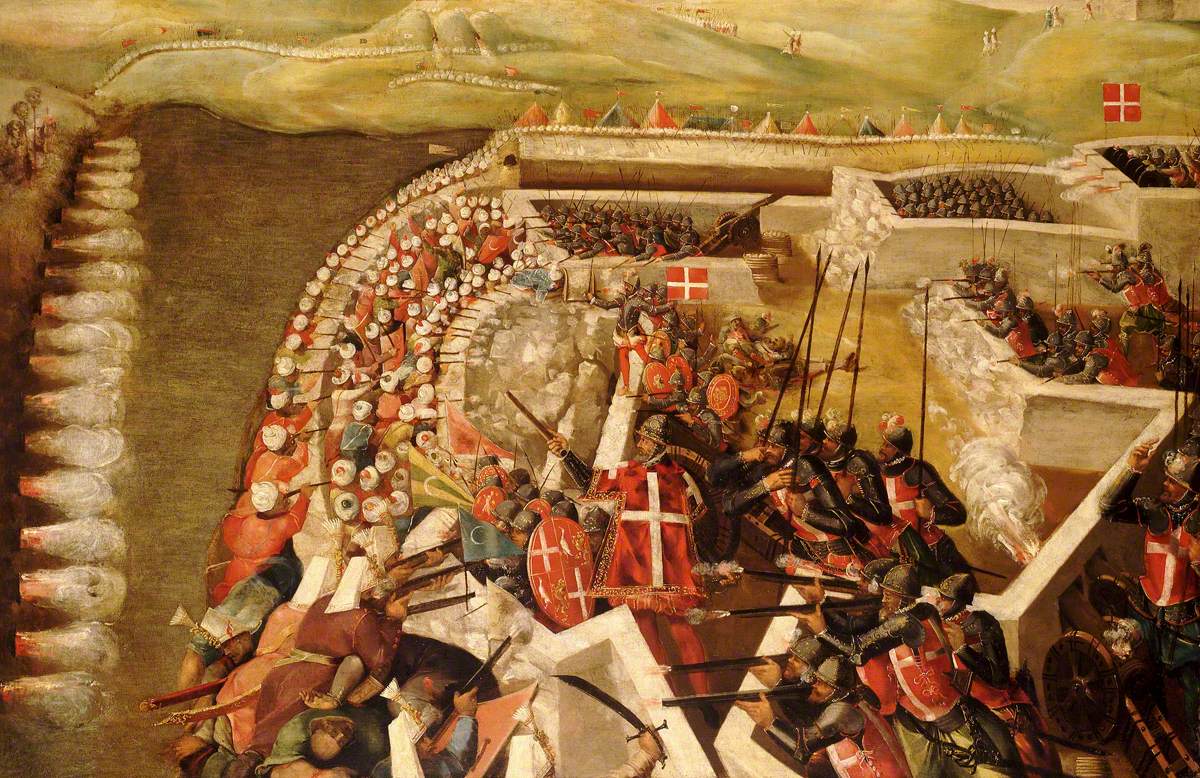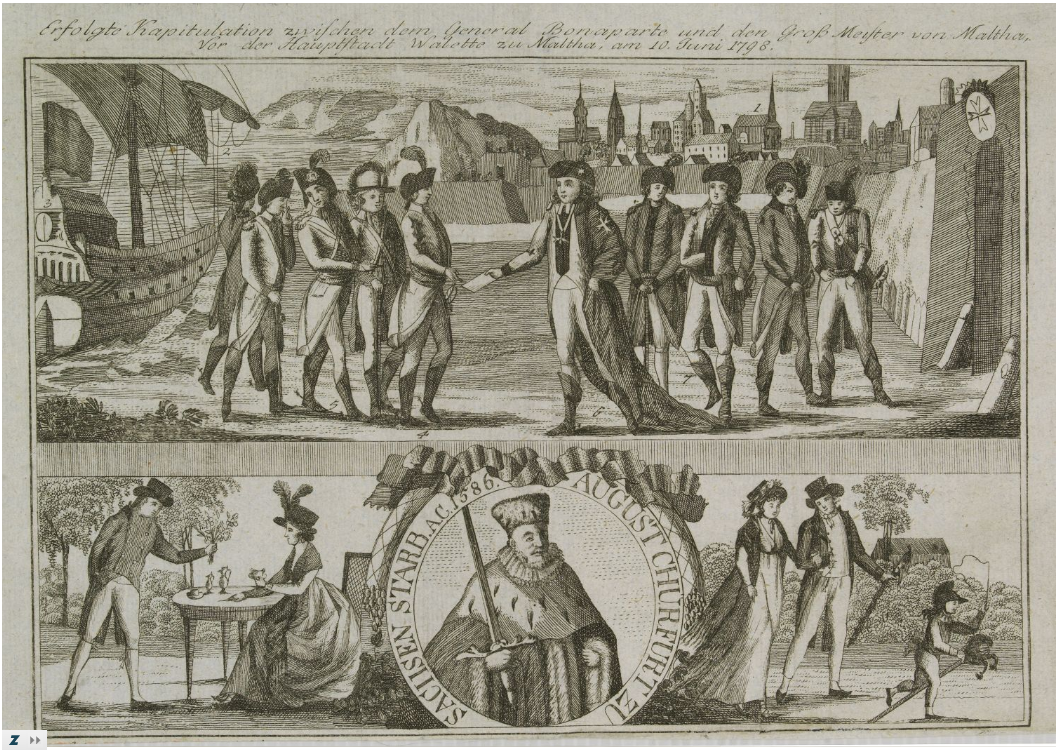Malta
A Brief History
Perched between Sicily and Libya, the Maltese islands have, through most of history, been a bone of contention among the many forces trying to control the Mediterranean.
Despite their size – the largest island is barely 27km across – the lack of natural resources, and the difficulty in sustaining the population, the islands command the passage between the eastern and western Mediterranean. They were also considered to be an essential outpost for the defence of Sicily – or the ideal staging ground from which to launch assaults against the same.
For centuries the islands were also a hub of operations for corsairs, around which formed a thriving industry and which added to the cosmopolitan variety of the population.
Early history
The first settlers on the islands, around 5200 BC, were immigrants from Sicily who set up small agricultural communities in various sites. These were the people who raised the megalithic structures dotted around the island, 15 of which survive to this day.
Around 1200 BC, Phoenician traders established trading outposts on the islands, which eventually passed under Carthaginian rule some three centuries later. The Carthaginians themselves were displaced by the Roman Empire in the second Punic War (circa 218 BC).
Malta was declared Municipium under the Empire, and remained part of it until the 3rd century AD, when it was raided and taken over in quick succession by Vandals and Ostrogoths. In 525 AD, Byzantium successfully invaded and took over, as part of the general plan to recapture the holdings of the western Empire.
Dark Ages - The Arab And Norman Conquests

In 870 AD, the islands changed hands again, this time falling to the Abbasid Arabs, and later passing to the Fatimids. Using the islands to secure Sicily, which they had already conquered 40 years previously, the Arabs set about restructuring and reinforcing what fortifications existed, particularly the Roman era defences of Mdina, the capital of the time. Unfortunately, very few records from this period have been recovered.
Despite occasional attempts by the Byzantines to retake the islands, it was two centuries before the Arabs were forced to let go of them by a new player on the scene. In 1090, Norman troops under Roger the First reached Malta, and, after fighting off some token resistance, came to an agreement with the Qadi (chief) of Mdina, whereby Malta became a tributary of the Sicilian crown.
The Arabs were allowed to retain the day-to-day administration of the islands, subject to Norman law, and freedom of worship. This arrangement worked fine for the best part of two centuries, until all the Arabs on the islands were expelled following a failed rebellion.
Middle ages - Angevin And Aragonese Rule
In 1194, ownership passed to the German house of Hohenstaufen through the marriage of Constance of Sicily and Henry VI, and again in 1266 when Pope Clement declared it property of the crown of Anjou. The discontent of the Sicilians and the Maltese under Angevin rule – mainly a product of high taxation – came to a head in 1282, with the Sicilian Vespers rebellion. Sicily and Malta were literally handed to Aragon, with mixed results.
The first few centuries of Aragonese rule proved worse for the Maltese. The islands were passed around as a fief to various individuals, none of which had any particular interest in the well being of the population other than as tax-payers to be milked. This situation dragged on until 1426, when the Maltese rebelled against their governor and laid siege to his castle in Birgu. The two sides eventually came to an agreement with the Aragonese crown – the Maltese bought off the governor’s rights for 30,000 florins, and the crown committed itself not to cede the islands again. This agreement was ratified in a Royal Charter in the year 1428.
Late Middle Ages and Renaissance - Tenancy Of The Order Of St. John

Passing into Hapsburg control through the marriage of Joanna of Castille to Philip of Austria, the islands were granted to the Order of St. John in 1530, with the price of the rent being fixed at one falcon a year. Despite the initial misgivings of the Order, some of whose members were offended that they had been offered ‘a barren little rock in the middle of nowhere’, the arrangement was mutually beneficial; the island’s ports proved to be ideal to launch and support the Order’s seaborne attacks and patrols; indeed, with the islands already being an established base for Christian corsairs, the Order’s navy found itself well reinforced by their new neighbours. Charles the fifth, on the other hand, benefited from having a powerful military presence to protect the southern-most part of his domains.
Powerful forces, of course, attract attention. The Order was a significant thorn in the side of the Ottoman Empire; the latter had already forced them out of Rhodes, and resolved to do so again in Malta. In 1565, Suleiman The Magnificent sent out an armada to crush the Order and take over the islands, so as to secure a foothold in the south for a two-pronged attack on Europe. 36,000 men sailed from the Golden Horn and North Africa, against a hastily assembled defence of some 6000 men.
More has been written about the siege of 1565 than any other event in Maltese history – to give more detail here, we would need to gloss over much that is of great interest. Suffice it to say that, after five months of constant fighting, the Turks retreated, the threat of being stranded in Malta by the Mediterranean autumn and the arrival of a relief force being the final straw. Of the attackers, 10,000 were left dead or captured, plus uncounted others among their corsair allies. The survivors, less than two thirds of the initial numbers, started rebuilding.
Much of the years that followed were inevitably shaped by the siege. The islands were fortified, the militia trained in readiness for the event of a similar assault. The current capital, Valletta, was built in the aftermath of the siege, designed to withstand worse. Further fortifications and lookout posts were built around the coast. The Order knew that they would face a second, more determined attack. With the death of Suleiman The Magnificent, however, much of the energy of the Empire was directed elsewhere, giving the Order – and Malta – some respite.
18th Century - French And British Occupation

Despite their heroics, the Order started to fall into decadence. Already anachronistic at the time of the siege, and resting on its laurels as its enemy faded, it started to alienate the locals. Resentment built up. When Napoleon’s army invaded in 1798, en route to Egypt, the locals just let them.
It was, however, a decision they quickly came to regret. Exasperated by the newcomers’ looting, and deprived of any privileges, the Maltese rose up against the occupiers, penning them up in the Valletta area and calling in help from Great Britain and the Kingdom of Sicily. It was Britain that answered in 1800, and in 1815, the council of Vienna legalized the British occupation.
Over the course of the British rule, the Maltese were allowed more autonomy in their decision-making, and Malta served as a military base in most of the major conflicts in the region for the next 150 years or so.
Modern history
After having gained independence from the United Kingdom in 1964, Malta was declared a Republic in 1974, and joined the European Union in 2004. Since independence, it has been largely peaceful and has not participated in any conflicts, although it has contributed to a number of humanitarian activities, notably the evacuation of Libya during the revolution of 2010.
Image credits
Aerial view of Mdina by R. Muscat, Creative Commons Attribution-ShareAlike 2.0 Generic License
